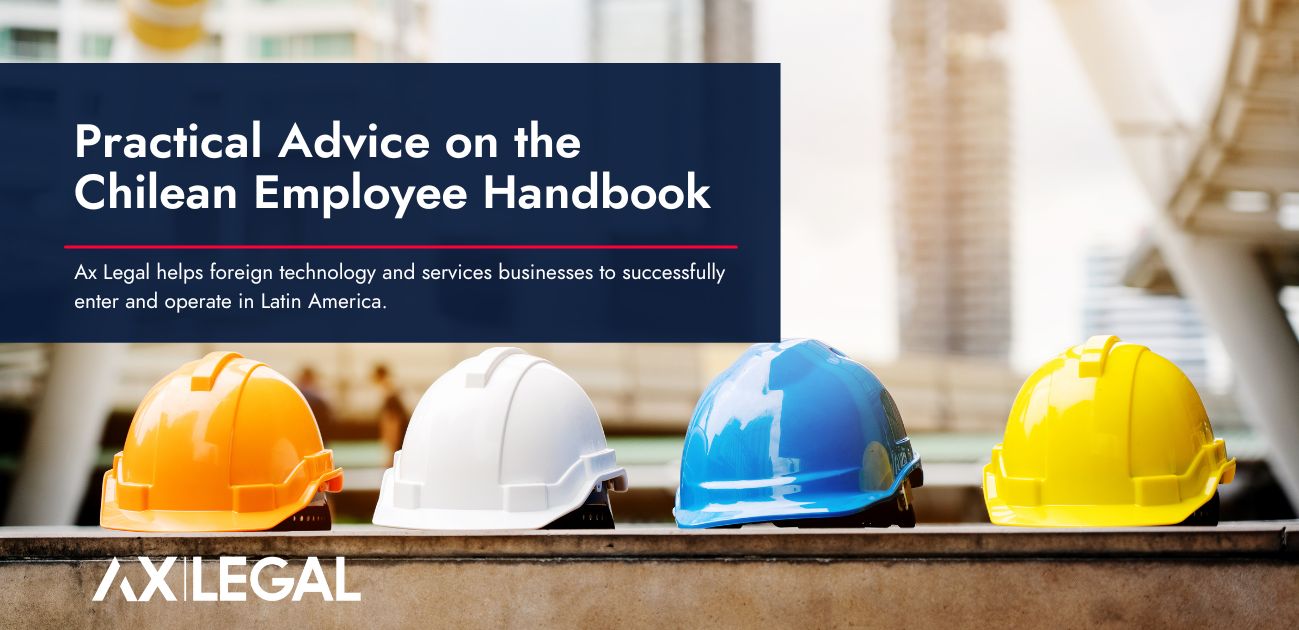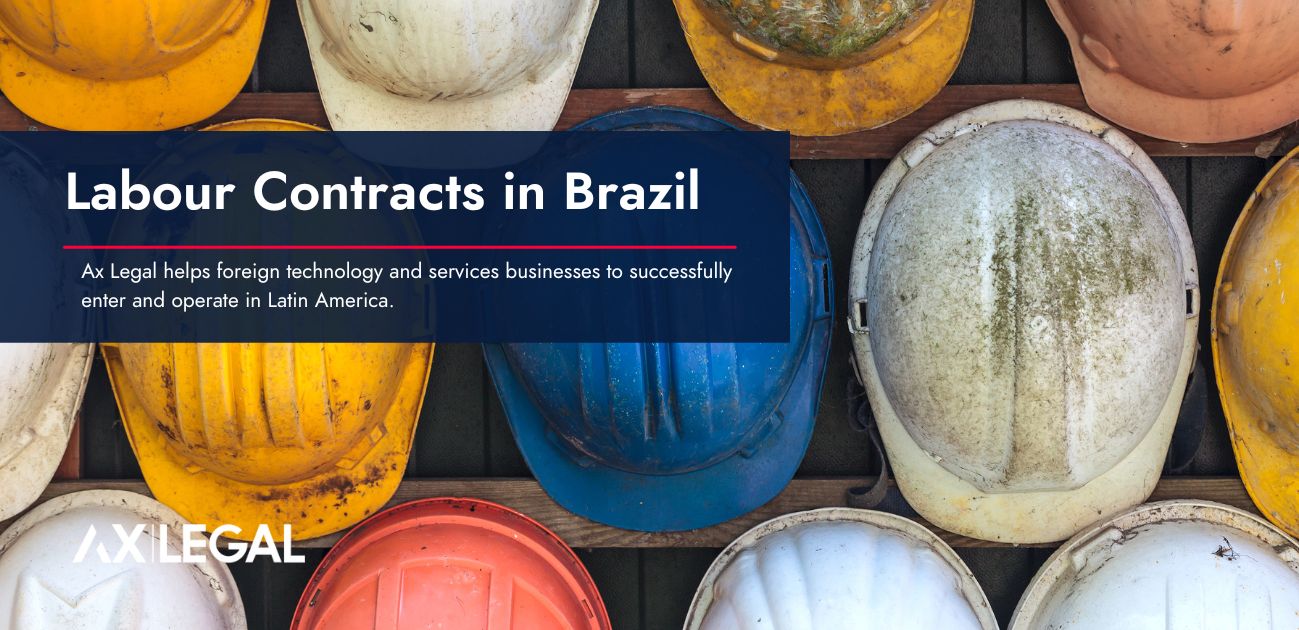METS Advice – Using Subcontractors in Peru

Mining Suppliers use subcontractors for a variety of reasons. For instance, they may use a local subcontractor to install equipment at a mine site, provide after sales support and maintenance, or to provide services that are part of a larger contract but outside the suppliers’ core capabilities such as a communication network. However, foreign companies can find themselves in trouble if they do not understand the intricacies of how subcontracting laws work from both a legal and practical perspective. This can lead to substantial costs while also doing harm to the company’s reputation with clients.
We have provided a practical guide for companies who are entering into subcontractor agreements –
Overview of Subcontracting
Subcontracting is when the principal to the contract hires an external company/person who then provides works or services as part of the larger contract.
We have provided a brief description of the parties involved in this type of agreement –
- Main Company: This is the owner of the core project who hires the main contractor.
- Main Contractor and its Employees: This is the company hired by the main company to execute the tasks or works.
- Subcontractor and its Employees: This is the company hired by the main contractor to execute specific tasks or services that are part of the contract with the main company.
How does Subcontracting works in Peru work?
According to Peruvian Law, companies may enter into subcontracting agreements for work that is required within the scope of a larger contract. The Peruvian legal framework gives ample liberty to the parties to negotiate terms and conditions of a subcontract agreement.
Where companies can face issues is that subcontracting can be a sensitive matter in Peru. It is often constrained or restricted not by law, but by provisions within the larger contract. Typical limitations are clauses which ban subcontracting certain parts of the work, or requiring the contractor to seek the prior written approval from the main company before engaging a subcontractor. Therefore, contractors should be mindful of these limitations when negotiating contacts.
In addition, under Peruvian law there are very strong protections for workers and their rights, as well as strict legal standards which the subcontractor is required to meet. The contactor and principal company must ensure that the subcontractor meets certain minimal statutory standards and adheres to all labour obligations, makes payment of all salaries, social security, and has measures in place to protect the health and security of the employees.
Understanding the Issue
Historically, some companies in Peru have taken advantage of subcontracting to avoid legal obligations to their employees. They create or employ shell companies, often with minimal assets and no real business operations, and use them as subcontractors. These companies then employ workers, often paying them less than the standard industry rate or failing to provide benefits like health insurance and social security.
When the subcontractor company is abandoned or wound up, workers are left without proper compensation. This practice not only affects workers’ rights but also creates social instability, particulary in mining districts, which already face community opposition.
Addressing the Issue
To address the issue of labour abuse and fraud, the “Peruvian Outsourcing Act” was introduced that regulates certain aspects of how subcontractors can be used.
Firstl, the subcontractor’s business purpose must reasonably conform to the work being subcontracted. In addition, the subcontractor must have the capital, assets and workforce needed to perform the work. Lastly, the subcontractor must have several clients or at least the potential to have several clients (it must not work exclusively for one client). Failure of compliance of these standards may result in the subcontract being regarded as “denatured” and the main contractor being regarded as the de facto employer of the employees who work for the subcontractor.
Moreover, breach of labour of social security obligations by the subcontractor may bring joint liability for the contractor and the main company for payment of labour and/or social security debts, penalties, and fines. This is where a supplier’s reputation with the end client can really be impacted, as labour lawsuits from the unpaid employees will name everyone including the principal client. In the case of mining providers, the main company is generaly the mining company.
Fulfilling these labour obligations on behalf of a subcontractor can be extremely expensive. It is very common for subcontractors to have financial difficulties. This is why we work with our clients ensuring they understand their responsibilities and putting in place the correct processes to verify the subcontractor is complying with all of its obligations throughout the contract.
Mining Companies and Subcontracting
Mining companies in particular, can be severely affected by social unrest resulting from defrauding employees. Due to this, subcontracting is usually a sensitive issue for them. Social unrest can disrupt operations, damage property, and lead to financial losses. Therefore, mining companies often impose strict rules and standards for employing subcontractors. This includes conducting thorough due diligence on subcontractors, ensuring compliance with labour laws, and providing oversight and monitoring of subcontractor activities.
Mining companies usually hold their contractors up to very high standards, not only for compliance of outsourcing law and labour rules, but also other matters, such as anti-bribery laws, work health and safety and generally demanding service level agreements associated to penalties.
Typical clauses included in mining contracts with service providers are restrictions on hiring subcontractors, open book and open payroll policies, verification of labour and social security debts as a condition for payment, payment of guerentees in case of non-compliance, mandatory training for employees on work health and safety matters, step-in rights, and various types of penalties among others.
Best Practices for Subcontractor Agreements – Systems and Procedures
Information Rights: Contracts should always include information rights which allow the main company and/or the main contractor to verify that the hired subcontractors are making payments of all labour and social security obligations for their respected employees, as well as back-to-back penalties to properly transfer a fair share of the risks and cost to subcontractors in order to hedge from penalties and surcharges which may be imposed by the main company to the contractor by fault of the subcontractor.
Ax Legal Recommendation: Companies must have strict controls in place for their subcontractor regarding all labour matters. This means ensuring that there is a process in place for them to report monthly regarding their obligations.
Retention Rights: Contracts should always include retention rights which allow the main company and/or main contractor to retain funds from scheduled payments should the main contractor or subcontractor not be able to prove they fulfilled their labour and social security obligations.
Ax Legal Recommendation: Should the subcontractor be found to have not fulfilled its labour and social obligations then a process needs to be put in place to immediately withhold these amounts from their invoices and if needed, to make the payment of the employment benefits on behalf of their subcontractor. There is two parts to making this work. The first and most basic step is having the clauses in your contract. The second is to have proper procedures and processes in place for reviewing that they have complied with their labour obligations before making payment of invoices.
Health and Security Measures: It is important is ensuring that contractors and subcontractors are obeying hygiene and safety standards (usually recorded within an employee handbook called “Order, Hygiene and Safety Rules”). If an employee suffers an accident, the principal company may be deemed as directly responsible if it is demonstrated that it did not carry out health and security measures within the project site.
Ax Legal Recommendation: Mining companies will take this very seriously so it is important that subcontractors are adhering to these standards as they will be watched and sanctioned if found not to be complying. As their contractor, you are responsible for their activities.
Conclusion
It is common for companies to use subcontractors when providing services to mining companies. it is important that companies understand how to manage the risk that is associated with using them. Failure to do so can result in costly consequences and damage to the company’s reputation.
Below we have provided some basic tips that companies should be aware of –
- Always put in place a subcontracting agreement that has been reviewed and meets the requirements of the principal contract.
- The services/outsourcing/subcontracting agreement between companies, is ruled by private law so they are flexible. However, the Peruvian Outsourcing Act and its regulations create a framework of liabilities for the companies that employ or benefit from subcontractors.
- The subcontractor should provide proof of payment for salary and social security each month. The main contractor will need to have people and processes in place to manage and ensure these are being adhered to.
- Always make use of back-to-back sanctions imposed by the subcontracting agreement if employment obligations are not met. This needs to be done immieadtly and without delay.
- Companies must ensure that the subcontractors and their employees working on the project have written employment agreements.
Ax Legal is an advisory firm that works with foreign companies in Latin America. Our team of legal and commercial advisors have a distinguished track record of helping foreign technology and services companies to grow and operate in Latin America. Over the years, we have worked with starts up, mid-size businesses, and publicly listed companies. The one common factor that connects are clients is that they are leaders in their field, providing innovative technologies and services to the industrial sectors.
To better understand how we can support you in the Region, please contact Cody Mcfarlane at cmm@ax.legal



 Santiago
Santiago Sydney
Sydney Lima
Lima